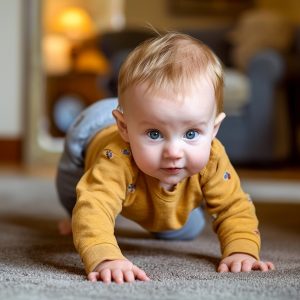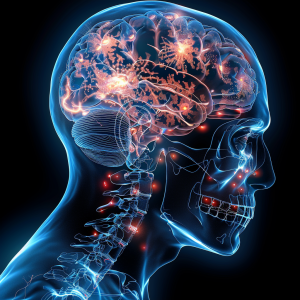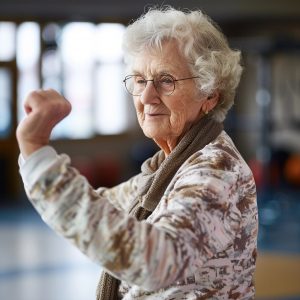These are a few of the areas that fuel our passion to continually learn, grow, and innovate. Movement is an enabling factor for so many aspects of health and we are fortunate to collaborate with some incredibly bright minds on the topics below.
Applications of the NDS
“For a small child there is no division between playing and learning; between the things he or she does ‘just for fun’ and things that are ‘educational.’ The child learns while living and any part of living that is enjoyable is also play.” -Penelope Leach

The neurodevelopmental sequence (NDS) is a fascinating concept that describes the predictable pattern of motor development in the early years of life. It’s like a built-in roadmap, guiding us from simple movements like head control to complex skills like walking. This sequence unfolds in a specific order, with each new skill building upon the one before. For example, a baby needs to be able to roll over before they can learn to sit, and mastering sitting is a prerequisite for crawling. This understanding is important not just for understanding the developing child, but also for fitness and rehabilitation professionals to design effective movement programs that leverage key motor control concepts across the lifespan.
Acquired Brain Injury
“The question is not how to get cured, but how to live.” -Joseph Conrad

Acquired Brain Injury (ABI) can have profound effects on individuals and their loved ones. It’s a complex topic that encompasses various causes, such as traumatic brain injury (TBI), stroke, tumors, infections, anoxia (lack of oxygen), and neurodegenerative diseases. Understanding ABI involves exploring its impact on cognitive functions, emotional regulation, behavior, and physical abilities. Rehabilitation and support for individuals with ABI are crucial for maximizing their quality of life and helping them reintegrate into life post-injury. Research is continuously evolving to study ABI and develop better treatments, interventions, and support systems. ABI research spans neuroscience, psychology, medicine, rehabilitation, and social sciences and seeks a deeper understanding of brain function, resilience, adaptation, and function.
Enablers of Positive Aging
“Aging is not ‘lost youth’ but a new stage of opportunity and strength.” –Betty Friedan

Positive aging is a mindset that celebrates the potential for growth and fulfillment as individuals age. It encompasses maintaining a healthy lifestyle through exercise, nutrition, and social engagement, along with a commitment to continued learning and exploration. Strong social connections and a sense of purpose are emphasized, providing support and meaning as people navigate the changes that come with aging. Adaptability and a positive attitude towards aging are key, allowing individuals to embrace the wisdom and experiences that come with advancing years while remaining resilient and hopeful about the future. Overall, positive aging is about approaching life’s natural progression with optimism, resilience, and a determination to live life to the fullest.